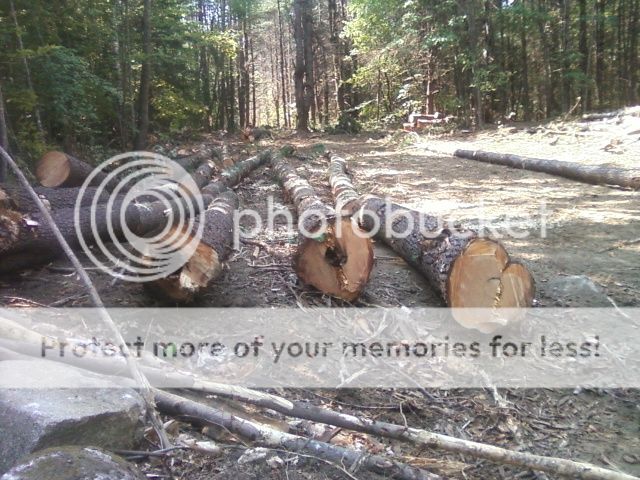Oldtimer
Addicted to ArboristSite
The fire went through the lot I am cutting when these trees were about 7-8" in diameter...they lived, and appear to be healthy as heck until you cut them down...





Was it just in the base?
Enter your email address to join: